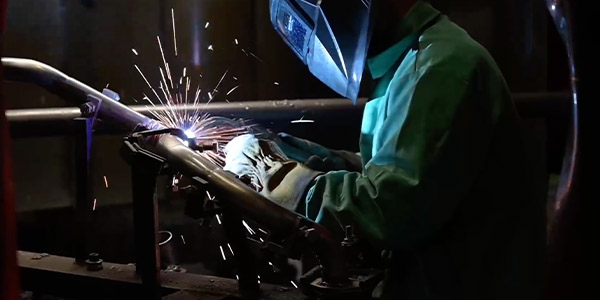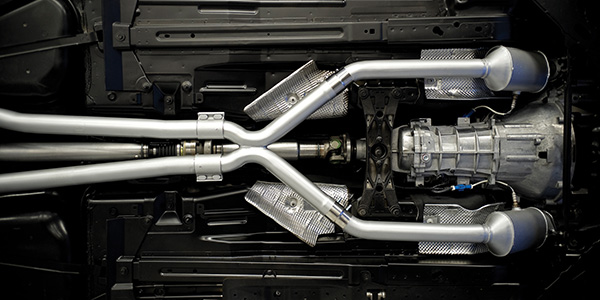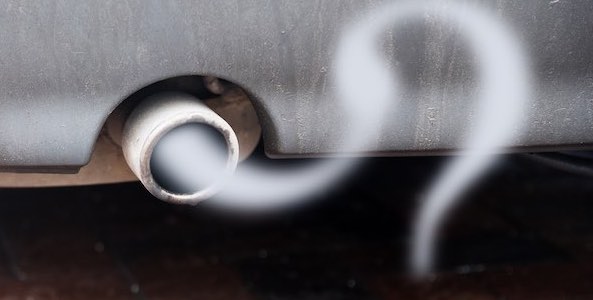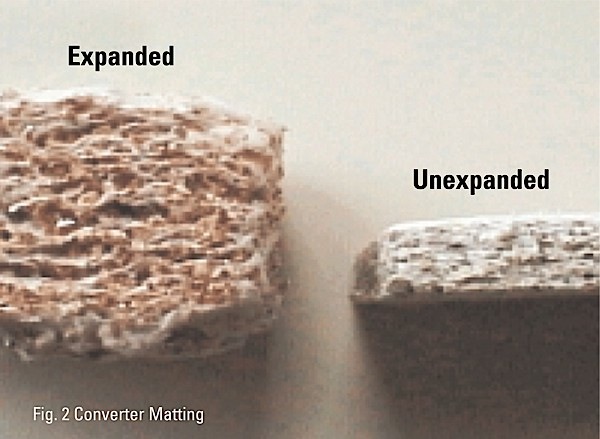
A replacement catalytic converter needs a proper “break-in” period. If the converter is not warmed-up (broken-in) properly, the substrate inside could be adversely affected and eventually cause the converter to fail down the road.
The problem typically occurs when a shop installs the converter and immediately returns the vehicle to the customer. The customer drives away and runs the car for a long distance or lets the vehicle idle for an extended period of time. Under these conditions, the matting, which is intended to secure the substrate, will not expand properly and hold it in place.
Converter matting is made from a mineral called vermiculite, which is held together by a fiber mat and a binder. This matting is wrapped around the converter’s ceramic brick. The matting is installed in the converter in an unexpanded state. During the first heat up, the fiber mat and binder burn off and the matting actually gets looser before it expands to fill the converter cavity to hold the ceramic brick in place. If that warm up is not done properly, the brick can come loose and get damaged. That rattle you might hear inside the converter shell is a sure telltale for this problem.
The best way to avoid this service issue and potential warranty problems is to include the warm-up period as a key part of your overall converter installation procedure. This heating cycle will allow for correct matting expansion.
Here are suggested steps for a proper break-in or warm-up:
• Start the vehicle, but do not rev the engine;
• Idle the vehicle and allow it to warm up slowly;
• After 5 minutes, increase the engine speed to 2500 rpm;
• Hold at 2500 rpm for 2 minutes; and
• Allow vehicle to cool down.
Mazda Tech Tip: Sulfur Or Rotten Egg Smell/Odor From The Exhaust
On some Mazda vehicles, a sulfur smell or rotten egg odor may be noticed coming from the exhaust system. The odor is usually noticed after a cold start, fast idle, extended periods of idling and full-throttle acceleration. The sulfur smell is not an indication of an engine concern and will not cause reduced driveability or durability of the engine or any of its emission components.
On some Mazda vehicles, a sulfur smell or rotten egg odor may be noticed coming from the exhaust system. The odor is usually noticed after a cold start, fast idle, extended periods of idling and full-throttle acceleration. The sulfur smell is not an indication of an engine concern and will not cause reduced driveability or durability of the engine or any of its emission components.
Poor Engine Performance Linked To Converter Failure
Today’s modern vehicles are equipped with a sophisticated emissions control device. These fail when the engine is not tuned up, as this leads to overworking the converter, overheating and possible clogging.
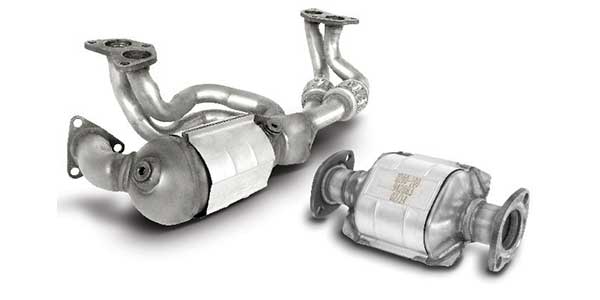
VIDEO: Detecting Leaks With A Scan Tool?
Andrew Markel explains how a scan tool can be used to detect a leak in the exhaust manifold. Sponsored by Auto Value and Bumper to Bumper.

Diesel Exhaust Particulate Filters: How Do They Work, What Do They Do?
The Diesel Particulate Filter (DPF) is a ceramic filter that has thousands of tiny channels or honeycomb-shaped openings that trap the soot onto the channel walls and prevent the particulate matter (down to 1 micron) from exiting out the tailpipe. The honeycombed inner structure is covered with a layer of a chemical catalyst that contains small amounts of precious metals, usually platinum or palladium.
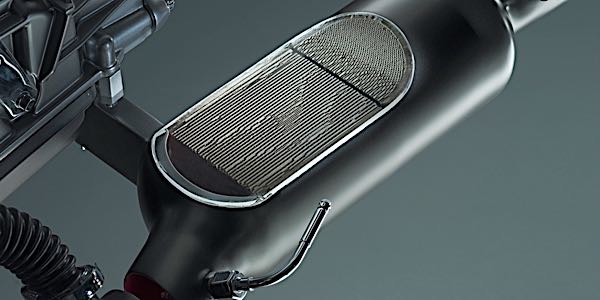
Oxygen Sensor And Catalyst Efficiency
The catalyst efficiency monitor verifies the catalytic converter is operating at a high enough efficiency rating to keep exhaust emissions within the predetermined values. The PCM compares the signals from the upstream and downstream oxygen sensors to determine the state of the converter. These “tests” are called the readiness monitors.
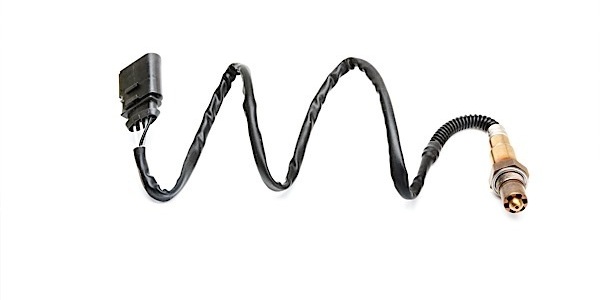
Other Posts
Direct Fit Catalytic Converters Features and Benefits
Four qualities stand out the most when looking at these catalytic converters. Sponsored by AP Emissions.
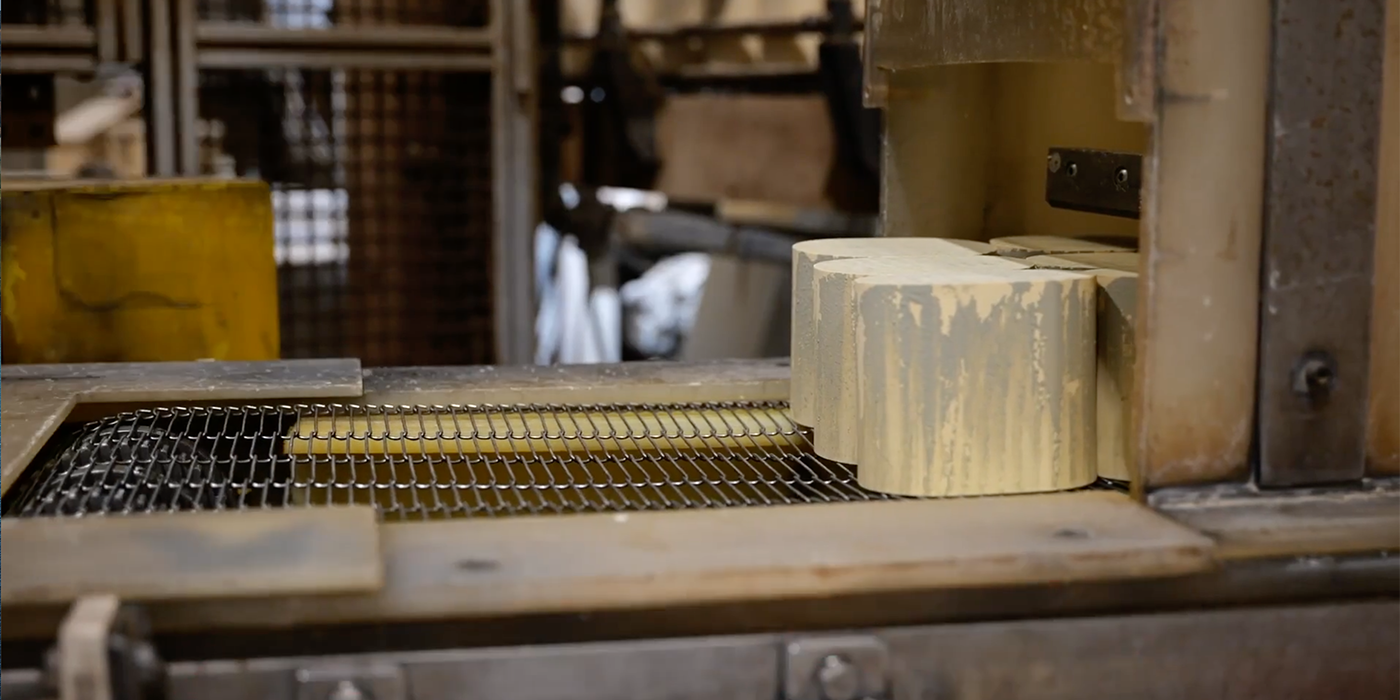
EGR, Secondary Air Injection And Emissions Management
EGR systems put a small amount of inert gas into the combustion chamber to control the temperatures.

Catalytic Converter Theft (VIDEO)
In some cases, thieves can remove a catalytic converter in less than one minute. This video is sponsored by AP Emissions.
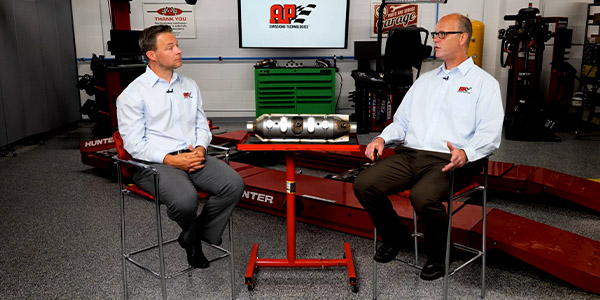
Catalytic Converter Development Process (VIDEO)
Experts discuss the catalytic converter development process from start to finish. Sponsored by AP Emissions.
